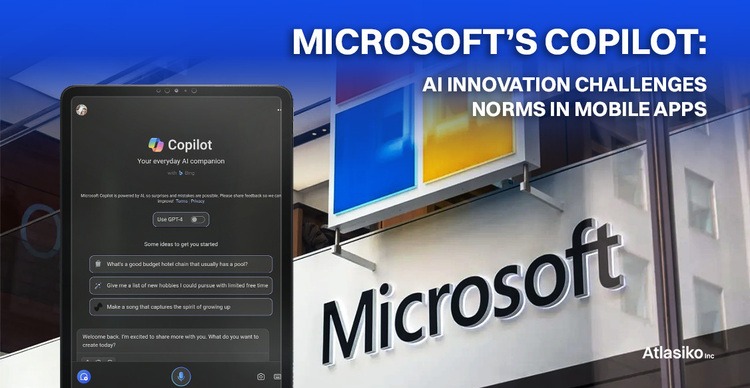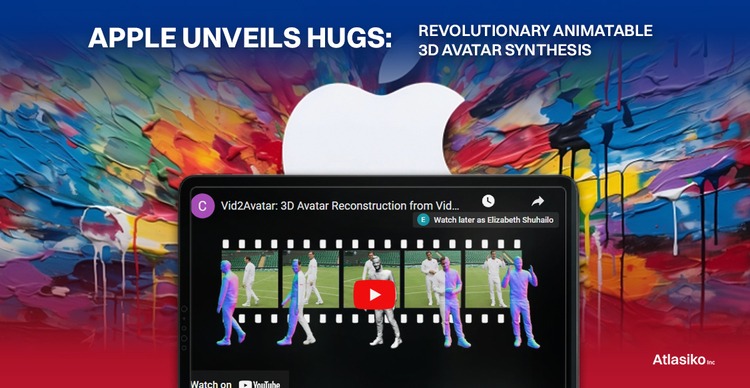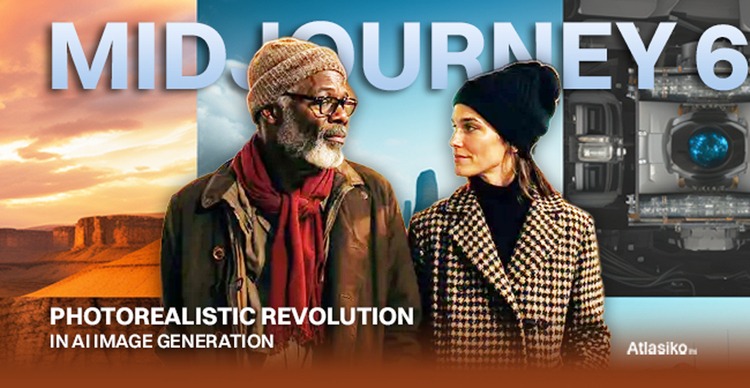Apple's 3D avatar innovation streak continues with the introduction of HUGS (Human Gaussian Splats), a groundbreaking creation by their research team. This technology utilizes 3D Gaussian Splatting for Real-Time Radiance Field Rendering, a technique that transforms 2D footage into dynamic 3D scenes. Demonstrating its prowess, Bad Decisions Studio showcased HUGS by seamlessly converting snippets from iconic movies into editable 3D scenes through Digital Content Creation (DCC) software.
HUGS stands out by generating a 3D avatar from videos comprising a modest 50-100 frames. Remarkably, the algorithm disentangles static scenes and constructs a fully animatable human avatar within just 30 minutes. Leveraging the SMPL body model for initialization, HUGS incorporates 3D Gaussians that deviate from the human body model to capture intricate details like clothing and hair. However, this approach introduces challenges, such as potential artifacts during Gaussian articulation.

Researchers emphasize the significance of HUGS in enabling the synthesis of new poses and perspectives. Notably, the rendering speed achieves an impressive 60 frames per second (FPS), making it approximately 100 times faster to train than comparable methods.
HUGS appears to be a logical extension of NeuMan, another Apple innovation focused on reconstructing people and scenes from single videos. While video-to-3D methods are not groundbreaking, HUGS distinguishes itself by incorporating 3D Gaussian Splatting. This nuanced approach contributes to its uniqueness and sets it apart from conventional methodologies in the field.
Explore the latest updates on technologies, AI, and programming by uncovering the wealth of information available through Atlasiko news!







